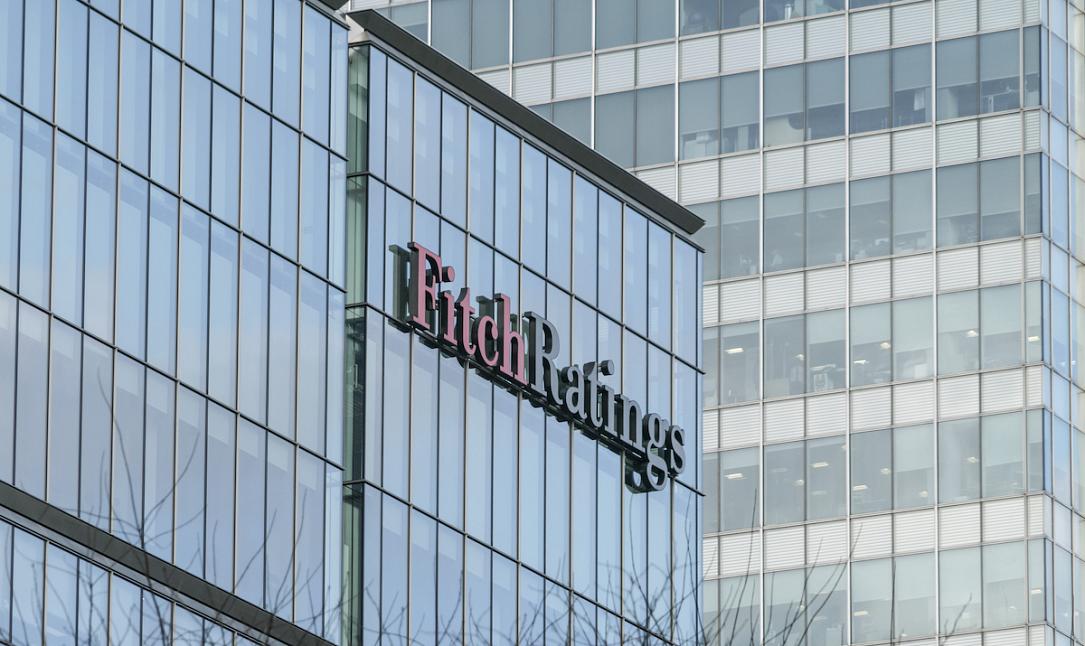Fitch affirms Romania's BBB-/stable rating, citing large inflows of EU funds



International rating agency Fitch affirmed Romania's BBB- sovereign (long-term foreign currency issuer default) rating and the stable outlook, reasoning that the country's EU membership and related capital inflows balance a rather gloomy macroeconomic situation: large and persistent twin budget and current account deficits relative to peers, high budget rigidities, and a fairly high net external debtor position.
This puts Romania's sovereign rating (the weakest investment grade) one notch above Serbia's but one notch below those of Bulgaria and Hungary.
However, according to data compiled by Ziarul Financiar, the inflow of funds from the EU budget fell significantly below expectations in the first part of 2024.
Romania received from the EU, in the first seven months of the year, allocations under the multiannual financial frameworks (2014-2020 and 2021-2027) and Resilience Facility worth a total of EUR 4.7 billion - 33% of the total sum of EUR 14.1 billion that it expects (EUR 10.5 billion under the multiannual financial framework and EUR 3.6 billion under the Resilience Facility). The disbursements under the Resilience Facility are particularly lower than planned: only EUR 288 million out of the EUR 3.6 billion expected for the entire year.
Fitch's proprietary sovereign rating model (SRM, which employs 18 variables based on three-year centred averages, including one year of forecasts) assigns Romania a score equivalent to a rating of BBB. But the rating agency adjusted it downward by one notch to reflect higher external vulnerability than implied by the SRM – given the large current account deficit (7% of GDP in 2023, from 9.2% in 2022, but still well above the 'BBB' median of 0.8%) and higher net external debtor and net investment liabilities positions than the BBB current medians.
Fitch forecasts Romania's current account deficit to stabilise in the range of 5-7% of GDP, consistent with its pre-pandemic average, still among the largest in central and eastern Europe and the BBB category, partly reflecting competitiveness challenges.
Romania's public finances also remain fragile. The necessary fiscal consolidation is at "significant downside risks, given current uncertainties around post-election fiscal plans and the series of fiscal slippages have negatively affected policy credibility."
Furthermore, the country's fragile public finances combine with weak growth momentum underpinned by only (largely unsustainable) private consumption.
The country's public debt, seen by Fitch at 59% of GDP at the end-2026, from 48.8% in 2023, is still in line with the 'BBB' current median of 58.3%, but the public deficit revised upward to 7.2% of GDP this year (ESA terms) is more than double the 'BBB' current median of 3.2%. Consistent with the relatively lower public indebtedness, the interest payment to revenues ratio is 6.4%, more favourable than the 7.5% peer median.
Fitch revised its 2024 GDP forecast downward to 2.5%, given the pronounced weakness in 2Q24 when GDP grew by only 0.1% q/q and 0.8% y/y, according to flash data. The forecast is "fairly close" to the current BBB median of 3.1%, according to Fitch analysts – who admit that the growth is mainly boosted by private consumption.
Romania's consumption expressed in PPP already reached 90% of the EU average, while its productivity and GDP per capita (also expressed in PPP) lag significantly below.
iulian@romania-insider.com
(Photo source: Erik Lattwein/Dreamstime.com)